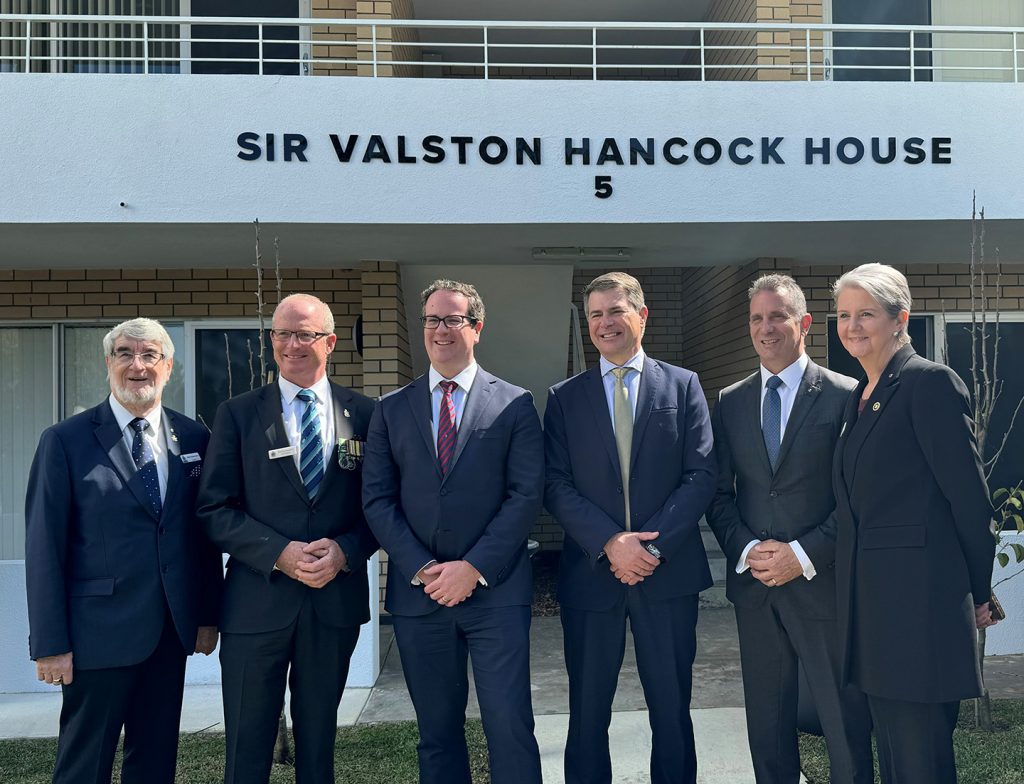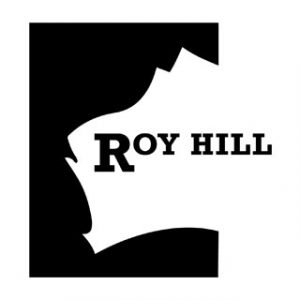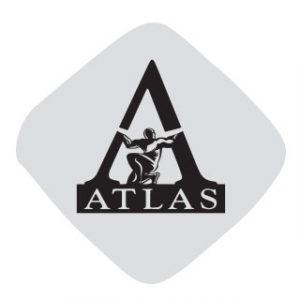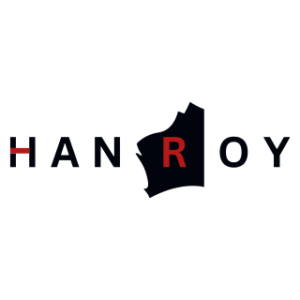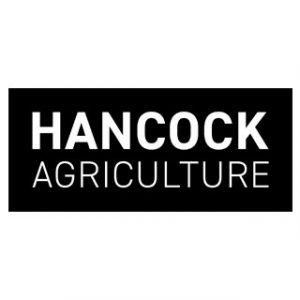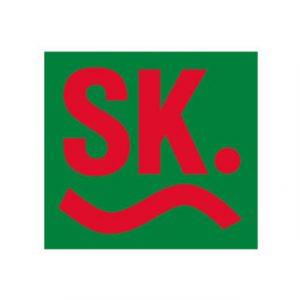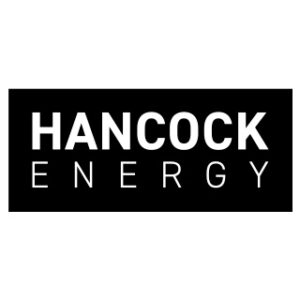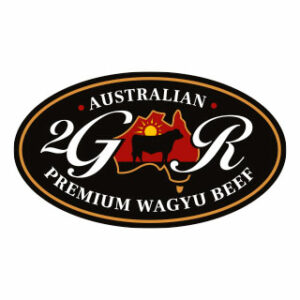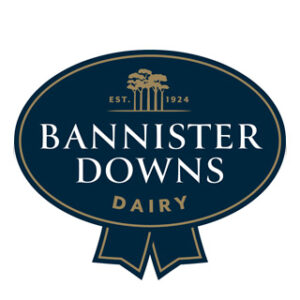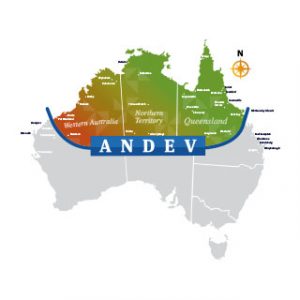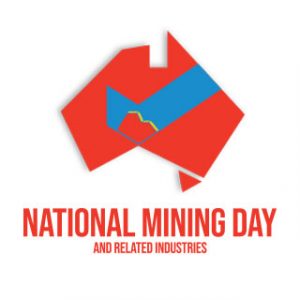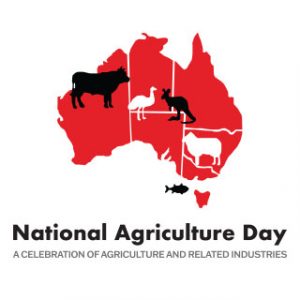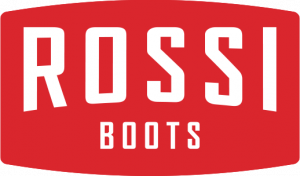Good morning.
On behalf of Mrs Rinehart AO, Executive Chairman of Hancock Prospecting, I’d like to extend a very warm welcome to you all here today for the opening of Sir Valston Hancock House.
Whilst Mrs Rinehart would have loved to be here this morning with you all, in her absence she has asked Duncan Anderson, President of RSL WA, to read a few words from her to you.
___________________
Distinguished guests, veterans and friends at today’s Sir Valston Hancock House opening, a very warm welcome.
I am very pleased as Executive Chairman of Hancock Prospecting, which includes our people across Australia on farms and stations and mining projects, to provide this accommodation for our incredible veterans. I was going to make this a short speech and just say, I hope it helps the veterans who stay here, and hope that they share many happy times with their fellow veterans.
However as this building, the first of its kind in West Australia, is named in honour of my distinguished uncle Val, I should give a little more background to his truly outstanding military career.
Sir Valston Hancock House is named after Air Marshal Sir Valston Eldridge Hancock, KBE, CB, DFC (31 May 1907 – 29 September 1998).
Sir Valston was senior commander in the Royal Australian Air Force (RAAF). He served as Chief of the Air Staff from 1961 to 1965. A graduate of the Royal Military College, Duntroon, Hancock transferred from the Army to the RAAF in 1929 and qualified as a pilot. His achievements at Duntroon saw him occupy not only important posts but staff posts, including Deputy Director of Operations and Intelligence at RAAF Headquarters from 1931 to 1935, and Director of Works and Buildings from 1937 to 1939. During the early years of the Second World War, he commanded No. 1 Bombing and Gunnery School, and held senior planning and administrative positions. He saw combat in the Aitape–Wewak campaign of the Pacific War during 1945. Flying Bristol Beaufort light bombers, he first led No. 100 Squadron, and later No. 71 Wing. His actions earned him the Distinguished Flying Cross. After the war, Hancock became the inaugural commandant of RAAF College. His subsequent positions included Deputy Chief of the Air Staff from 1951 to 1953, Air Member for Personnel from 1953 to 1955, and importantly, Air Officer Commanding (AOC) No. 224 Group RAF in Malaya, and responsible for all Commonwealth air forces throughout the region, from 1957 to 1959. A massive responsibility, and, where he learnt to love bananas so past their expiry date, they were black outside and very very soft or runny inside! Much as I admired my uncle and we had lots to do with each other after his airforce retirement, I never could get to enjoy his preferred style of bananas! Any bananas I’d let get a bit black, headed up Victoria ave, to his home several homes up from us. I’m proud to say, my father arranged for our company to buy him that river view home. They were lifetime mates, and of course, my father admired his military service for our country. An admiration I do share!
Uncle Val was Appointed a Companion of the Order of the Bath in 1958, he served as AOC RAAF Operational Command from 1959 to 1961, before being promoted to Air Marshal and commencing his term as Chief of the Air Staff. He was knighted in 1962 and was bestowed many more honours and awards for his service to Australia. In his role as the Air Force’s senior officer, Hancock initiated redevelopment of RAAF Base Learmonth in north West Australia, as part of a chain of forward airfields for the defence of our country. He also evaluated potential replacements for the RAAF’s English Electric Canberra bomber, finding the American “TFX” (later the General Dynamics F-111) to be the most suitable for Australia’s needs. After retiring from the military in May 1965, Hancock co-founded with the support of my father and our staff the Australia Defence Association. I gained from the material he wrote when leading the Australian Defence Association. I gained from our many discussions on our military, our veterans and the importance of the defence of Australia. In fact not only did I enjoy my many times with Sir Valston, really great memories, I believe that I gained overall as a person.
Uncle Val, my fathers double cousin, who loved our country, and truly was a patriot, died in 1998, aged 91, leaving his wife Joan, three children John, Richard and Rosemary, and six grandchildren.
To our fantastic partners who have been charged to run Sir Valston Hancock House – RAAFA and RSLWA – I thank you for this, not just for now but into the future.
Without the knowledge of our veterans in need, and expertise in coordinating associated wrap around services in support of our veterans, we could not have done this alone.
And a big thank you to Mr Giles Lenz, previous GM HR at Hancock, Mr Dan Wade, Mr John Male and Mr Leigh Edwards from our building and property team and many others behind the scenes that assisted in the process of acquisition, though to refurbishment and practical completion.
In closing, thank you all for being here today, thank you especially to all those who have contributed, and I am honoured to officially declare Sir Valston Hancock House in military terms ‘Good to Go!’
